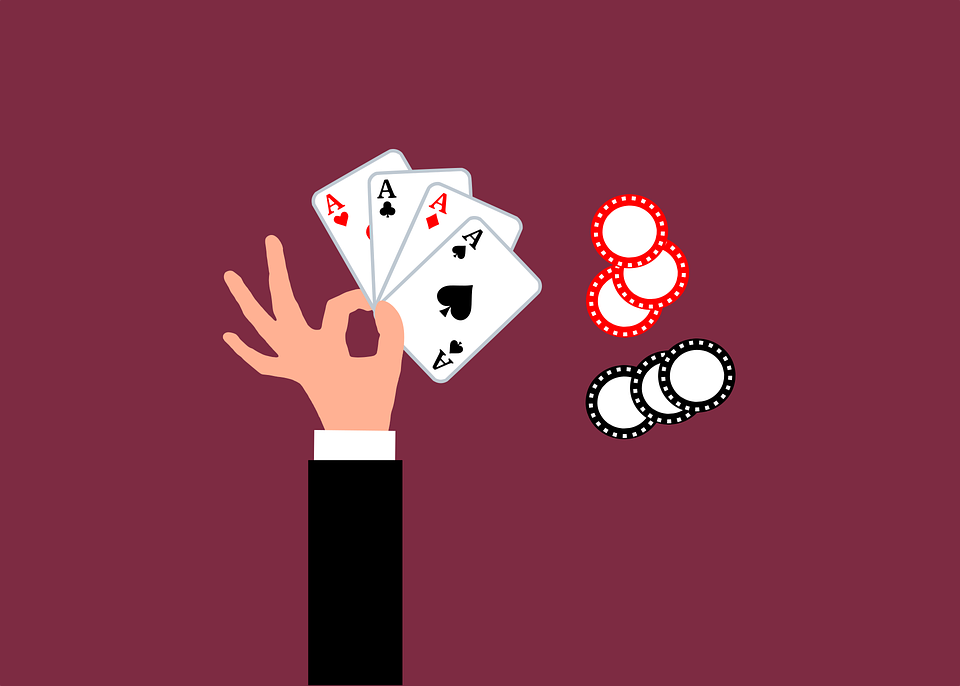Possessing a good hand that requires a specific card to complete it is relatively typical in Texas Holdem. This hand is called a drawing hand because you are drawing to a specific card or a particular kind of card.
These kinds of hands can be incredibly challenging to play, especially if you have to choose whether or not to call when you are up against bets and raises. In this article, we’ll discuss some essential strategies for playing with drawing hands in Texas Holdem so that you can start getting more value out of every hand.

Not Every Drawing Card Is Created Equally
It is essential to recognize the difference between numerous draws you can hit on the flop or turn. Pursuing draws that leave you with the second-best hand might be costly.
Draw-related errors frequently include:
They are, of course, some general ideas. Since your opponent’s hand range makes it improbable that they will have a better hand when you get there, it often makes perfect sense to chase non-nut draws. When things get complicated, you should be highly cautious about chasing after a draw since it can be the second-best hand.
In a circumstance similar to a draw, you must also ensure that your direct or implied odds support making a call. Players frequently become overly attached to particular hands, such as an open-ended straight draw. Still, these are only worthwhile to pursue if your opponent offers you the correct odds and if they have enough chips left over that you can convince them to bet if you win.

Strategies for Your Drawing Hands
Play Aggressively
Instead of checking and calling, you can play Texas Holdem drawing hands aggressively by betting or raising. This may appear to go against the idea of constructing your hands as inexpensively as possible, but it has a lot of benefits that can help you make more with your hands.
This aggressive poker strategy best suits skilled players who can read their opponents and situations well. If you are unclear of what you are doing, dumping money into a pot without a made hand can become quite expensive. If you feel like trying the aggressive approach, you can stick to drawing hands that will offer you the nuts on completion.
In a semi-bluff, betting with a draw can be effective because you might win the pot immediately without finishing your hand. If your opponents call, though, you still have a chance to make your draw and win the pot by picking up the appropriate Texas Holdem cards.
To emphasize this point even more, betting out has the benefit of hiding your hand instead of checking and calling with a draw. If you bet or raise, your opponent is likely to assume that you already have a made hand and will find it more difficult to place you on a draw.
Additionally, betting with a draw increases the pot and can compel opponents to give you the right odds to call raises when they attempt to gain control of the hand. If your opponent decides to bet and raise with a strong yet weak holding, you will likely be handed the right odds to call as the pot size rises.

Consider Position in the Turn
The play of drawing hands on the flop in heads-up action is not greatly influenced by position; you simply play your hand aggressively. The turn is where position matters the most.
For example, if you didn’t hit your draw and a player checks to you on the turn after calling your bet on the flop. You have a few choices if you’re in position:
You can continue to project strength by firing a second barrel. This puts your opponent in a difficult spot because they must worry about another bet on the river.
Check behind to see the river card for free. If you are out of position, this move will not benefit you. Checking behind could initially appear weak, but a bet-check-bet pattern might be helpful if your opponent has ever witnessed you bet the flop, check the turn, and then bet the river with a powerful hand.
This betting strategy will make your drawing hands and powerful made hands identical, giving you an advantage.
Playing Out of Position
Playing drawing hands out of position limits your alternatives and might put you in uncomfortable situations (both on the turn and the river). Thus, it is typically less profitable. Nonetheless, playing aggressively is still essential despite this.
The main reason it’s less profitable is that you don’t have the option of checking behind and getting a free card if you don’t miss your draw on the turn. You will typically have to give up the hand if you check and your opponent bets the turn after sensing your vulnerability.
However, you can increase the number of times you shoot a second barrel, and when you’re out of position, be more cautious pre-flop, which means playing fewer drawing hands.
Remember, in the Texas Holdem poker game, position and aggression are the two most important factors in drawing hands success. Each feasible draw in heads-up play should be played aggressively. Your number of outs may fluctuate depending on the draw, but how you should play the hand doesn’t alter significantly.
Conclusion
The most crucial lesson in Texas Holdem poker is that you should constantly look for strategies to make draws work for you, whether in position or not. The safest strategy may be waiting for the appropriate card to fall before being aggressive, but it isn’t always the best.
The ability to increase aggression while knowing that you aren’t drawing dead gives good drawing hands a lot of strength. On the other hand, mediocre draws should be played more cautiously because they frequently land you in difficult spots.

